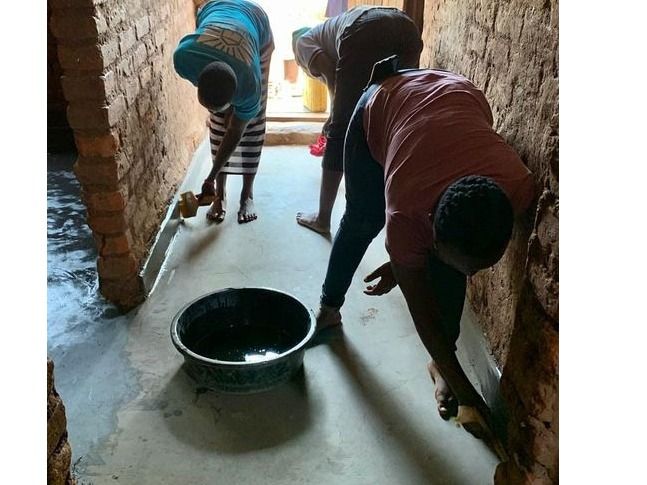
Added: Apr 15, 2022
Last edited: May 25, 2022
EarthEnable installs earthen floors as a substitute for cement floors in homes in poor communities in Rwanda. The earthen floors are made from locally sourced clay, sand, fibres, and plant oils. EarthEnable's goal is to provide an affordable flooring solution to low-income families who are unable to afford expensive cement floors. EarthEnable's floor is a substitute for the dirt floors used by low-income households.
This case study has been created as part of Footprints Africa's work to build the first ever comprehensive mapping of circular economy initiatives in Africa. This will lay the foundation open-source database that can inspire local initiatives, as well as inform the global dialogue, which is largely focused on the European and American contexts. We are doing this in collaboration with the African Circular Economy Network (ACEN). ACEN's vision is to build a restorative African economy that generates well-being and prosperity inclusive of all its people through new forms of economic production and consumption which maintain and regenerate its environmental resources. The objective is to build an open-source database featuring 500 cases with strong regional representation. These will feature in the Knowledge Hub and are also being mapped by GRID-Arendal.
Image retrieved from https://web.facebook.com/EarthEnable/


buildings
sustainable buildings
construction and infrastructure
Built Environment
construction materials
floors
